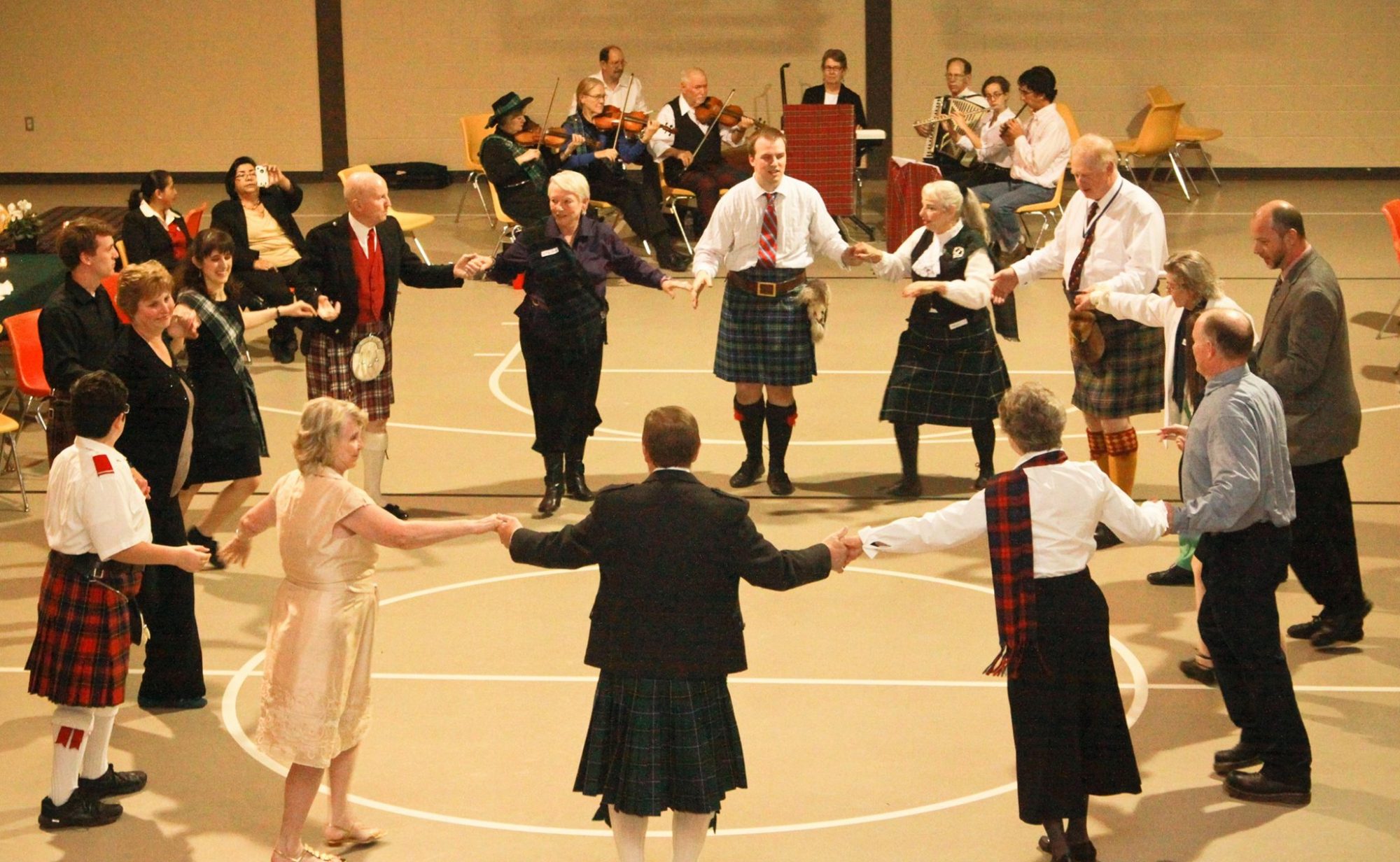The CSBR has a long and distinguished history. On this page, we report some of this history and archive important documents and images.
A BRIEF HISTORY OF THE FOUNDING OF THE CSBR
By: Miller D. M. F. Dial [This older document was transcribed by Jamie Mungall]
Background:
Sometime during 1973 I was invited to attend a reception for the British Ambassador to the U.S.A. held in New Orleans, LA, at the Plimsoll Club. When I arrived, there was a pipe band playing and several gentlemen dressed in formal Scottish attire (kilts, Prince Charlie, etc.) Among the tartans present, one gentleman was wearing a kilt in the ancient Fergusson tartan. This really caught my eye as this was the tartan claimed by my great-grandfather, Matthew Fergusson, and his forebears. (Incidentally, when on a business trip to Europe in 1972, I had taken a side trip to Scotland to visit an old friend I had known in India in 1954/55, and while in Edinburgh, got fitted for a kilt in the Ancient Fergusson tartan by the kiltmaker at Forsyth’s on Princes Street. Having had no occasion to wear my kilt and being unaware at the time that it would be proper attire for the Ambassador’s reception, I wore a tuxedo.)
I introduced myself to the gentleman wearing the Fergusson tartan and found him to be James D. S. Fergusson of New Orleans, an active member of the Caledonian Society of New Orleans and a Charter Member of the Clan Fergusson Society of North America. He in turn introduced me to two more active Caledonians, Cameron Gamble (then President of the New Orleans Society) and Michael Elliot (then pipe major of the band.) That night we three became instant friends and still are, with the exception of Cameron, who passed away several years ago. My membership was accepted by the CSNO and I attended their meetings and social functions for several years.
The Beginning:
At that time (1973-76) I had only met two native born Scots in Baton Rouge, Tom Murray and Dr. Edward D. Grant (father of our Ed Grant). Tom and I had become good friends as we were both involved in petrochemical plant maintenance and had similar labor situations and had organized a group of plant maintenance managers to try and improve the overall situation. I had asked Tom if he thought we might find enough Scots and pseudo-Scots to organize a Caledonian Society for Baton Rouge. At first Tom was lukewarm to the idea but one evening in mid 1976, while enjoying turtle soup at the Old Hoo Shoo Too Club, I again asked Tom if he would help me if I organized a preliminary get together of several people who had expressed some interest in the idea. This time Tom agreed and I hosted a meeting at my home in mid-October 1976. Attending that first meeting were:
Miller and Dodie Dial—Clan Fergusson
May Haas—Clan Buchanan
Gladys Merrill—Clan MacLeod
Tom and Claire Murray—Clan Murray
Jane Robinson
George and Betty Sellen
Lester Sutherland—Clan Sutherland
At that first meeting much interest in Scottish Heritage and Culture was expressed, and to get the organization started, the group elected the following officers to serve until bylaws and a constitution could be developed and a proper election held.
President—Miller Dial
V.P.—Gladys Merrill
Secretary—Jane Robinson
Treasurer—Dodie Dial
Pipe Major—Tom Murray
Membership Chairman—Claire Murray
The second meeting was scheduled for November, 1976, at Tom Murray’s home. Cameron Gamble and Jim Fergusson agreed to attend and give us pointers on how to avoid pitfalls and brought us a copy of their constitution and bylaws (which I believe we copied verbatim). About twenty-five people attended that meeting. The “Caledonian Society of Baton Rouge” was off and running!
THE OFFICER AND DIRECTOR’S BOOKLET
Click here to download The Offlicer and Director’s Booklet, an older document that contains useful information about officers’ responsibilities, major activities of the society, and the bylaws of CSBR. Some details and procedures have changed, but the booklet reflects our rich history.
